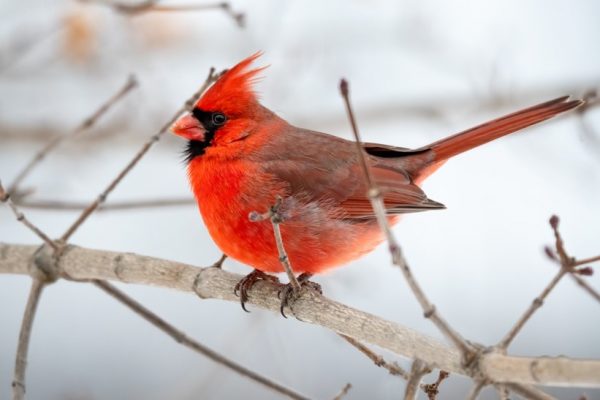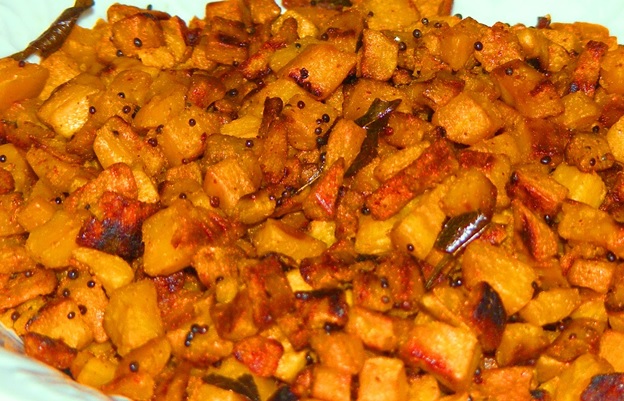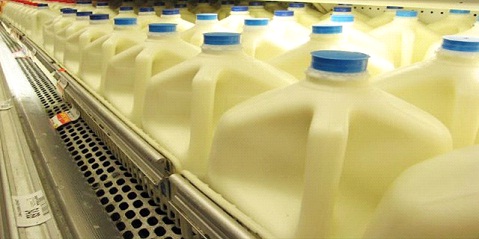
Smartphone & One Sided Relationship
.
“Whether we admit it or not, we’re in a serious relationship with our smartphones. That relationship, however, is often one-sided,” according to Motorola.
Recently a story was going around on Social media. An old man takes his mobile to repair shop and request the person in the shop to look at the phone saying, “why it is not working”? Shopkeeper checks the phone and says, “It is absolutely fine and is working”. Then the old person asks, “Then why I am not able to receive any calls from my children?” This story was about a basic phone. Other day my friend was asking me – can I text you? I said no. She was like – why not? I told her that I prefer talking with you than texting and when I hear your voice, it makes me feel better! We are in the century where we cannot live without smart phones. If a person uses basic mobile phone in public, people look at him/her differently and in addition, many prefer sending text or messages rather calling. This puts pressure on the person and eventually he /she will end up buying a smart phone.
“We compare ourselves to the people around us. Even when we are reasonably happy with what we have, we become unhappy when we see devices, tools or the so-called better life that someone in our social circle has”.
Because of technology, everybody is connecting so fast through text and messages but … talking! Texting is considered efficient and if someone has to say Thank you -they just use TY ! Reason is, there is not time to acknowledge with “long sentences”. That means we are also moving (fast) away from relationships. We do not want to talk to our elders on dinner table, do not want to communicate with the person who is sitting next to us and do not want to see a vehicle that is approaching us while walking ! We have our smart phones in our hand 24/7 all-time and even while in toilet!
What is happening here? Let us see.
A smart phone is a simple little device that is supposed to make life easier. But convenience is not always the shortest route to happiness. It turns out; cell phone might be increasing your anxiety and decreasing your happiness. We all in different occasions talk about how smart phones making us dumb and less connected. This is not a joke anymore. Research shows that (as if we do not know) that little phone may have lasting consequences on our emotional well-being.
Mobile phones can be a source of great disruption in workplaces and classrooms, as they provide individuals with access to texting, games, social media and the Internet. Research conducted on Kent State University students showed that students who are continuously on phone ended in getting lower GPA and are always anxious and unhappy. Cell phone addiction is such that, recently in New Jersey, USA a student beat up a senior teacher because the teacher tried to take the phone away from the student during class hours! There are several reports showing how smart phone usage can cost your life. People forget to switch off the phone during meeting or during important discussion with boss or continuous browsing on phone while at work. This kind of behavior can cost you your job before you notice.
Talk about relationships – there are many stories about increasing divorce and breakups. While it helps to track and understand what your kids are doing, smart phone also makes kids move away from the parents. You will notice change in kid’s behavior once they get smart phones. They will not receive phone calls, always browsing, taking endless selfie, eating less, no interest in outdoor sports or not ready to take any advice as they have online advisors namely friends! Similarly, relationship between couples will suffer too due to less and less interactions.
Danger while driving – There are many incidents where many teenagers, young adults and parents lost their loved ones, infants or became victim of cell phone texting. There are several stories about -while on phone, people pass through red light (texting or talking) and colliding with upcoming vehicles causing deaths of infants. Things can wait but people are not ready to wait. With increasing awareness hand held phones are banned from many states and countries.
Medical experts at Pennsylvania State University say that everyone should stop using electronic devices such as smart phones at least an hour before bedtime so the glow emitted by the devices does not disturb the ability to produce melatonin, a natural hormone that’s vital to regulating our sleep cycles.
How are we going to solve these growing problems?
- Do not allow smart phones to take over your life. Take control of your life. Here are few tips to disconnect with technology and to connect with life:
- While sleeping turn off the phone or keep your ringer low -this will reduce your anxiety
- While at work – keep your phone away in the bag or inside desk. Stick a note for yourself to take the phone when you head home.
Leave your phone behind when you are going for a walk, while discussing with friends, while dining, in library and during family vacation. - Call your parents, grandparents and friends instead of texting and trying to send messages. Hearing to your voice will make them happy.
- Minimize texting – have a limit – how many times you want to text in a day.
- Things can wait – if you do not get updates about friend’s life for few seconds or minutes -it is okay.
- Get a phone plan that has minimum browsing data or texting plan. This will also help you to take control of overshooting bills.
- If you are a professional and have to be in contact with your clients – allot contact timings for customers and clients. They should contact you only during emergency.
- Do not chase people- what is yours it will come to you.
Smart devices have taught us something good in life…. (Anonymus)
Whatever makes you happy — save it…save contact… Keep up relationship live.
Whatever makes others happy — forward it… spread the love… be available
Whatever will make no one happy — Delete it or minimize its use….!
Enjoy the journey called life…
(Author: Sumana Rao at WeRIndia.com)
References:
- http://2machines.com/
- https://www.quora.com/Is-technology-making-us-less-happy
- https://www.psychologytoday.com
- http://www.hellawella.com/
Image credit: Image by Mircea Iancu from Pixabay (Free for commercial use)
Author: HealthyLife | Posted on: November 4, 2015
« Relief From The Body Stress Inflammation How massaging can help body and mind »








